Business is changing
Currently, the cement industry continues to face difficulties when input material prices such as electricity, coal and packaging increase, when production costs far exceed the ability to compensate from revenue; along with the domestic and export cement markets continuing to compete fiercely on prices, pressure on product inventory, and excess production capacity, causing many enterprises to continue to report losses in the third quarter of 2024.
With an industry with a total designed capacity of up to 122 million tons of cement/year, of which Vietnam Cement Corporation (VICEM) accounts for about 30 - 32% and is one of the industries with a large emission rate, accounting for nearly 75% of emissions in the construction materials production sector, it is considered the main target in the effort to reduce emissions.
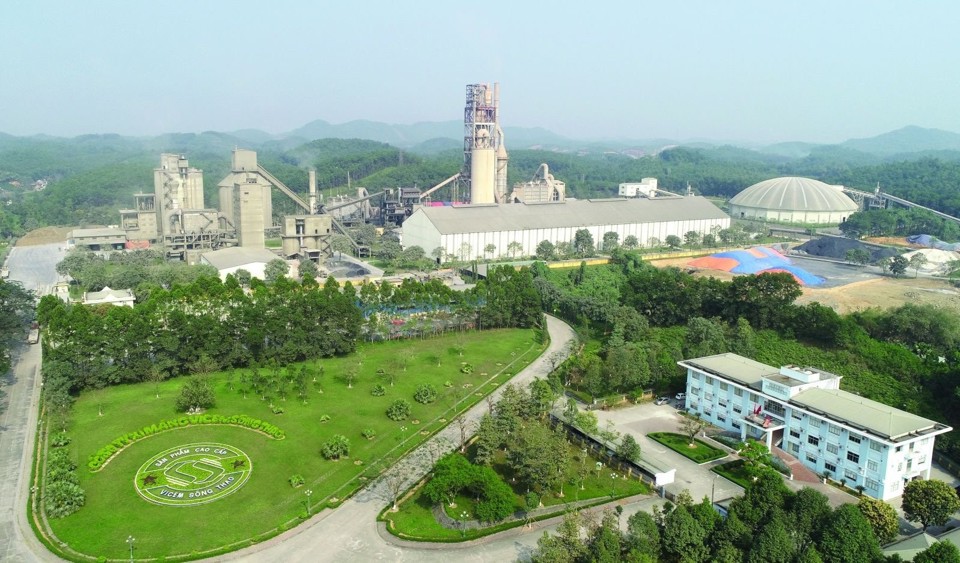
Head of VICEM's Safety and Environment Department, Duong Ngoc Truong, said that the company has implemented many solutions to reduce emissions, as well as utilize surplus electricity to generate electricity and recover CO2. Reducing the proportion of clinker in cement is an important solution to reduce emission intensity. Accordingly, VICEM has used ash, slag and artificial gypsum in cement production, contributing to the treatment of industrial waste and environmental protection. By 2024, the rate of ash and slag use in VICEM's production will reach more than 10%, helping to significantly reduce CO2 emissions.
Projects to utilize waste heat to generate electricity at VICEM are of particular interest to its member companies. VICEM has 9/10 member companies producing cement that must install and operate waste heat utilization systems to generate electricity (WHR systems), including: VICEM Hai Phong, Hoang Thach, Tam Diep, Song Thao, Ha Long, But Son, Bim Son, Hoang Mai and Ha Tien, with a total expected installed capacity of about 71.45MW, and a total expected power generation capacity of about 63.4MW.
However, VICEM representatives also acknowledged that there are still difficulties in maintaining product quality and investing in infrastructure for alternative materials. The State still lacks clear mechanisms and policies to encourage and support cement enterprises, so in the process of implementing pilot projects, production units encounter many difficulties.
Also a unit aiming for transformation and green production, CEO of FiCO Tay Ninh Cement Joint Stock Company Nguyen Cong Bao shared that the company focuses on researching and developing low-clinker cement, with the goal of mastering clinker activity to ensure the best quality. In addition, it also researches the application of minerals in industrial waste and increases the effectiveness of chemical additives to create sustainable and environmentally friendly products.
"There needs to be a sustainable supply-demand planning and industry structure, ensuring economic efficiency and reducing emissions. In addition, it is necessary to plan supply-demand by region, prioritize the use of blended cement instead of portland, and take advantage of co-processing capacity by using scrap and waste as alternative fuels," said Mr. Nguyen Cong Bao.
Forecast continued impact
According to Dr. Hoang Huu Tan - Deputy Director of the Department of Construction Materials (Ministry of Construction), in terms of scale and technology, the cement industry currently has 92 cement clinker production lines, with a capacity of 122.34 million tons of cement/year; in terms of raw materials, an average of 1.55 tons of raw materials (limestone, clay, additives)/ton of clinker is used; the average heat energy consumption is 800 kcal/kg of clinker; and the electricity consumption is 95 kWh/ton of cement. In particular, the whole country has currently installed 34 lines with a capacity of 248MW (saving about 20 - 30% of electricity consumption).
The goal of developing the cement industry in the period of 2021 - 2030, in terms of investment, our country only invests in new clinker factories that meet the following criteria: building new clinker factories with a capacity of over 5,000 tons/day/line, linked to raw material areas, simultaneously investing in a system to utilize waste heat and other environmental technology indicators.
By 2025, clinker production lines with a capacity of less than 2,500 tons/day will have to innovate technology; invest in grinding stations with a capacity suitable for raw material areas; and increase the ratio of additives.
By the end of 2025, 100% of clinker production lines larger than 2,500 tons/day must have a waste heat recovery system. Waste heat recovery will be used to generate electricity with the goal of saving about 20% - 30% of total electricity consumption, reducing dust and CO2 emissions.
From 2031 to 2050, the focus will be on developing a circular economy in production, using waste and garbage as raw materials. Co-processing of waste in cement kilns will be promoted to reduce the amount of waste that must be buried and improve economic efficiency. At the same time, existing production lines will be improved to process most types of waste without causing pollution, thereby contributing to reducing emissions to the environment.
In addition, Decision No. 13/2024/QD-TTg, effective from October 1, 2024, 80 cement production facilities will have to conduct greenhouse gas inventories and submit reports every two years, according to Decree No. 06/ND-CP, cement, steel and thermal power production will participate in the pilot allocation of greenhouse gas emission quotas and carbon markets.
In addition, the cement industry also faces international regulations, such as the EU's carbon border adjustment mechanism (CBAM), expected to be applied from 2026, with the aim of limiting carbon emissions from imported products, which has been creating significant impacts on exporting enterprises globally, including developing countries like Vietnam. This mechanism is not only a challenge but also an opportunity for Vietnamese enterprises to enhance their competitiveness, improve production processes, and meet international and environmental standards.
Director of Sustainable Development of SGS Vietnam To Thanh Son acknowledged that CBAM is expected to have a profound impact on Vietnamese export enterprises, especially in sectors such as cement, steel and aluminum. Many Vietnamese enterprises are still not fully aware of CBAM, while some large enterprises have begun to research and prepare for this regulation.
To respond, enterprises with goods on the list subject to the regulation of EU CBAM need to identify emission sources/inventory/calculate total emissions; develop reports mentioning the emissions of each product line; identify and evaluate carbon reduction in each stage of the production process; develop a production plan, including a budget for developing emission reports as required by CBAM and discuss with importers to prepare the required report contents.
By 2024, the country will have 61 cement factories with a total capacity of about 117 million tons of cement per year, but cement consumption in 2023 will only reach about 87.8 million tons, of which domestic cement consumption will reach 56.6 million tons and export will be 31.2 million tons.
Source: https://kinhtedothi.vn/dinh-huong-xanh-cho-nganh-xi-mang.html




![[Photo] Visiting Cu Chi Tunnels - a heroic underground feat](https://vstatic.vietnam.vn/vietnam/resource/IMAGE/2025/4/8/06cb489403514b878768dd7262daba0b)



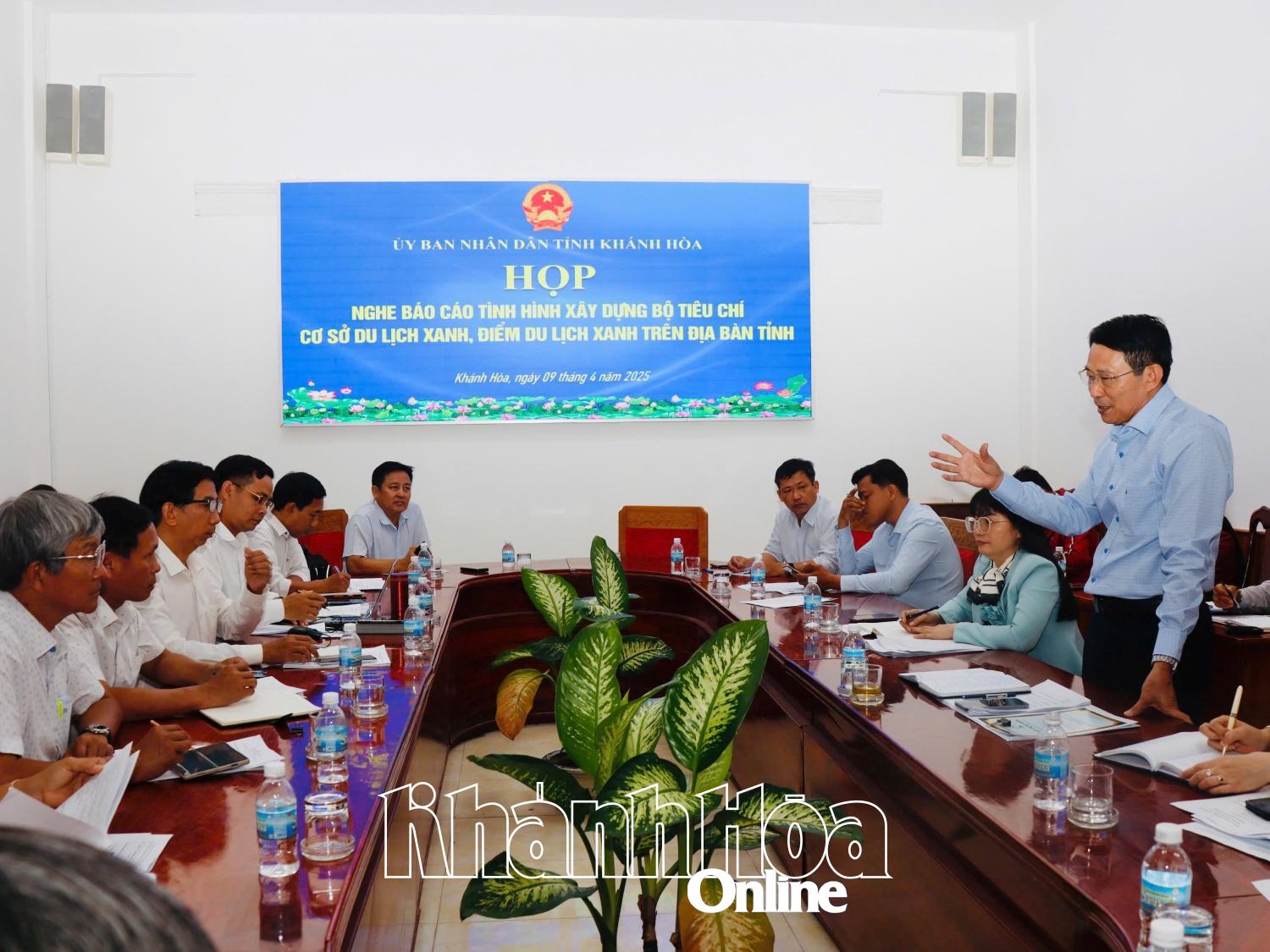

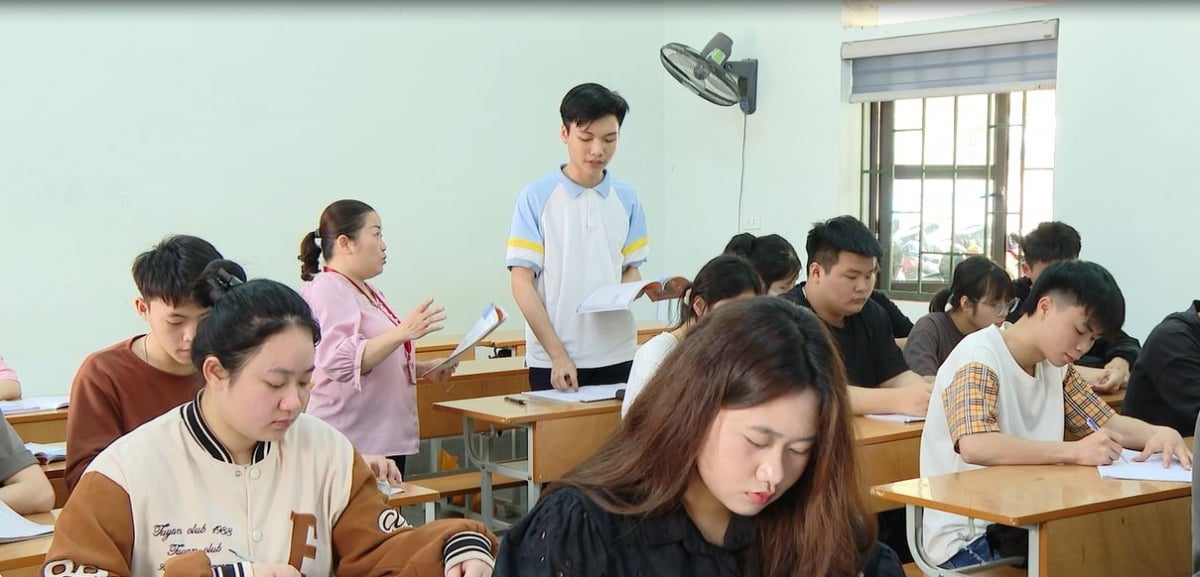
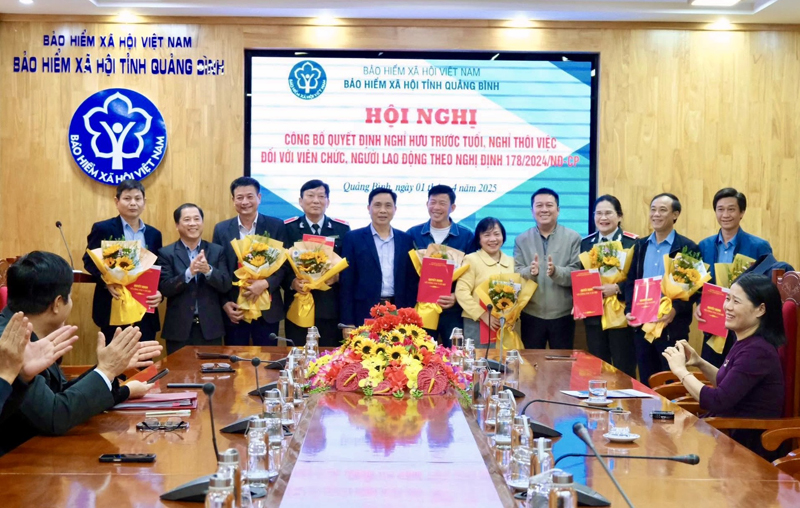
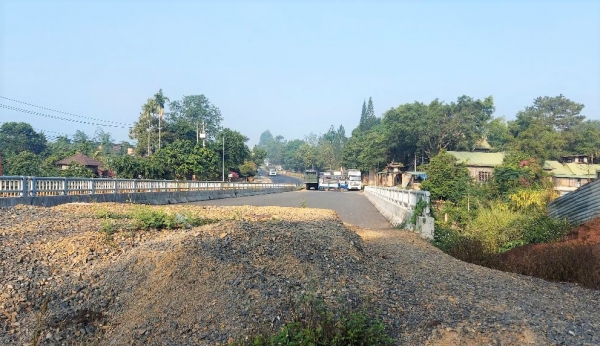
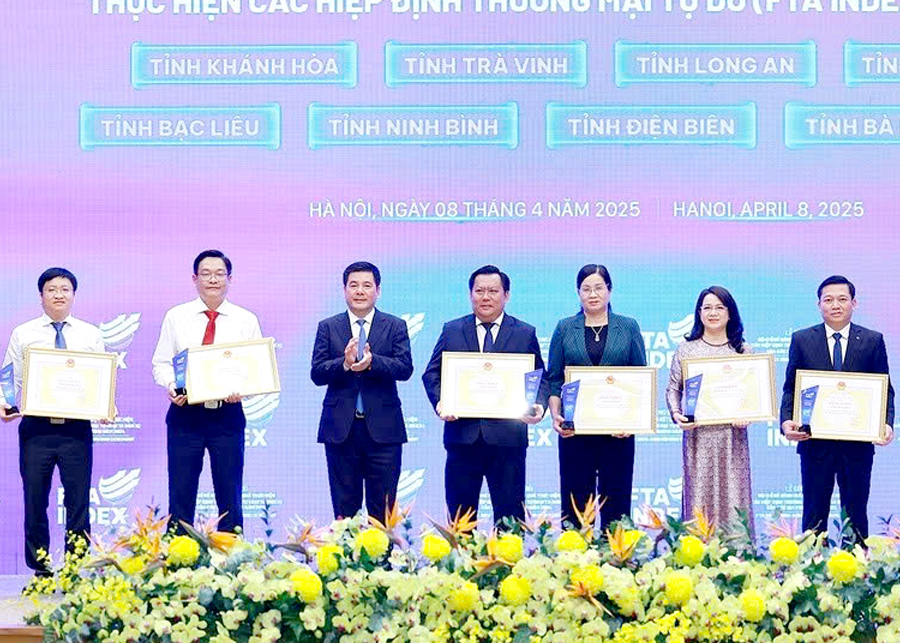
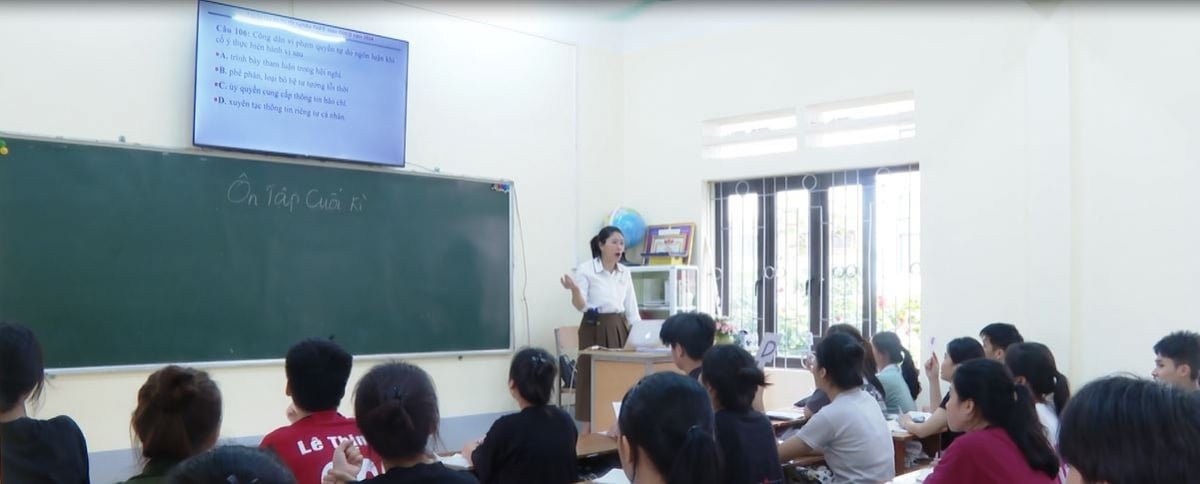
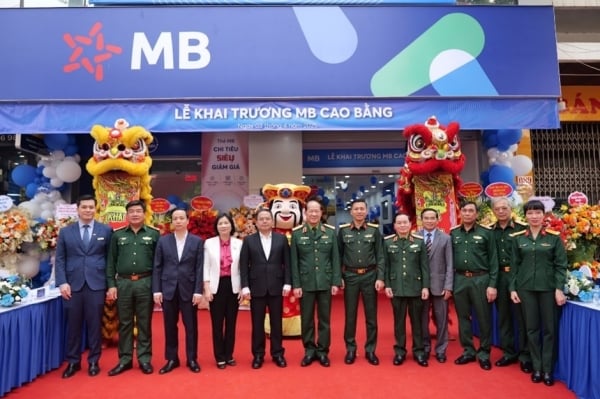
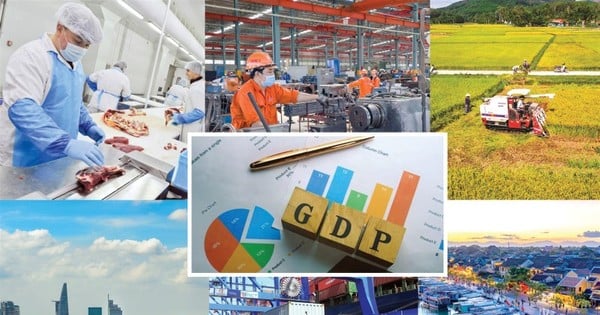

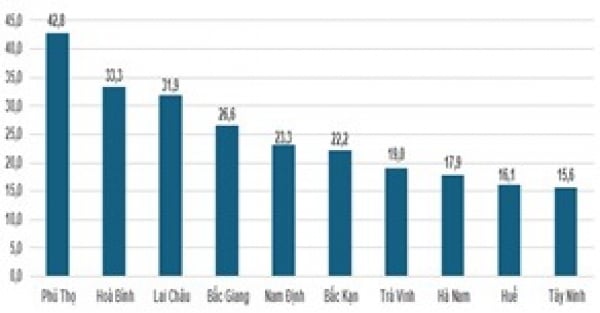
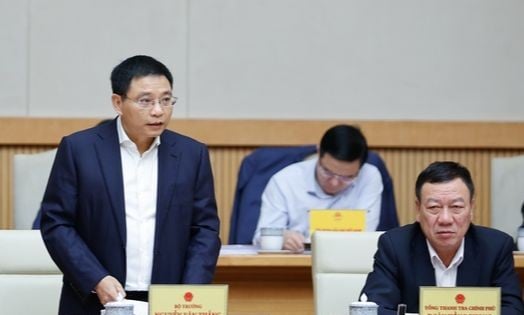
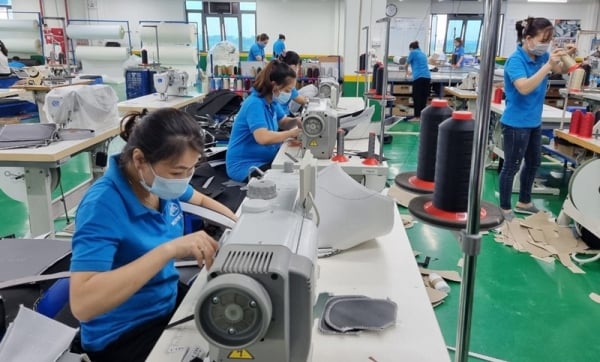


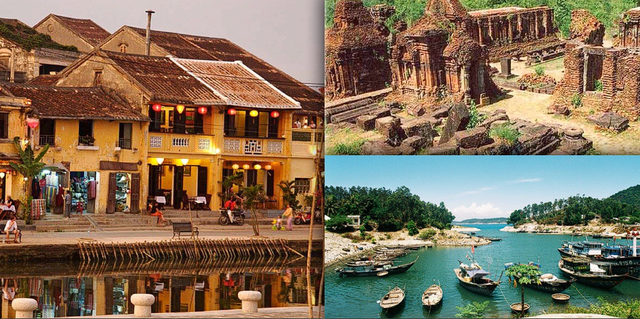
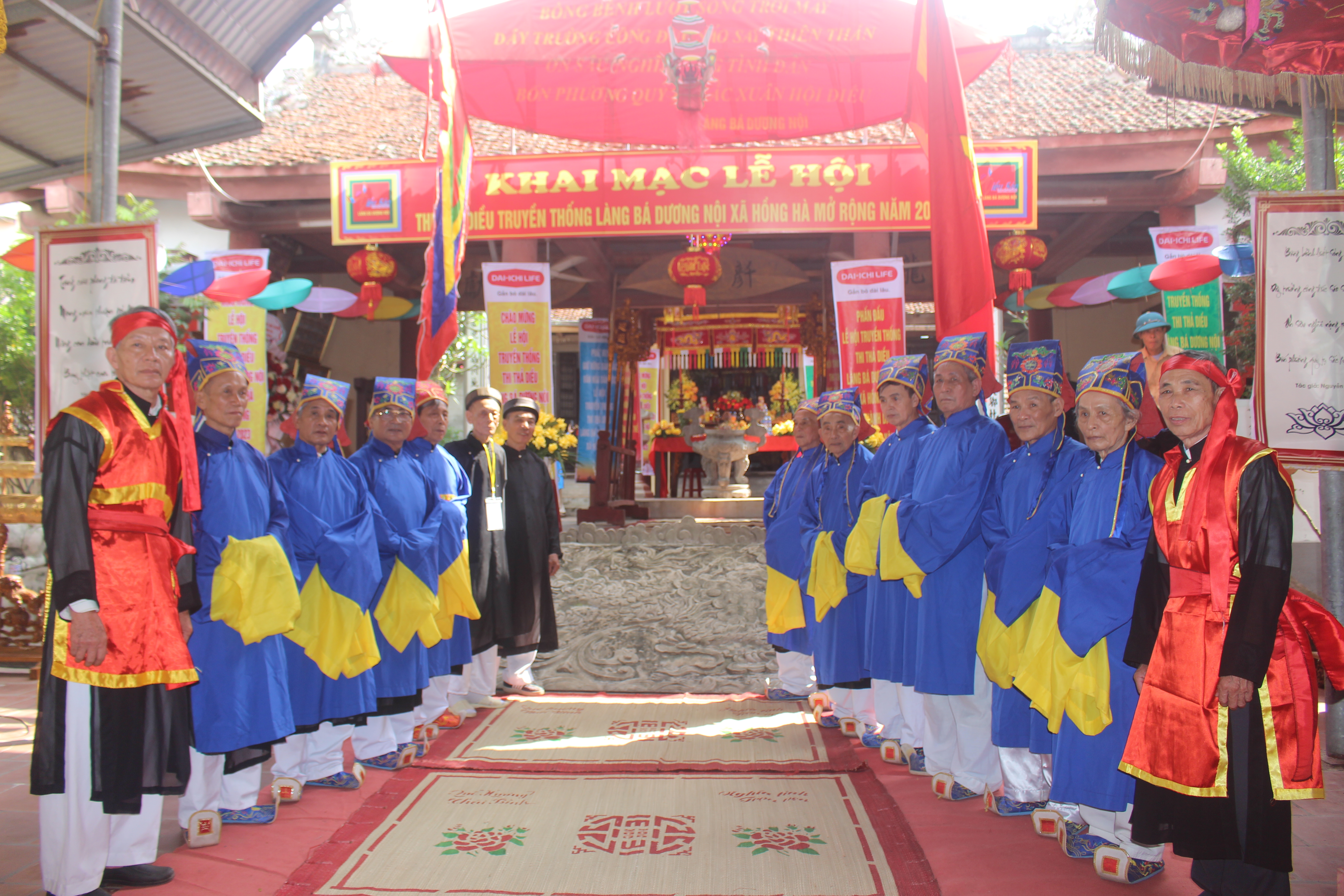






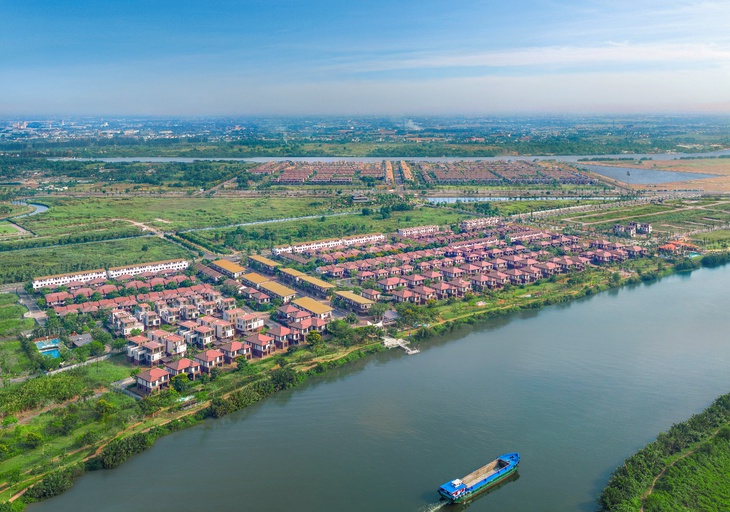







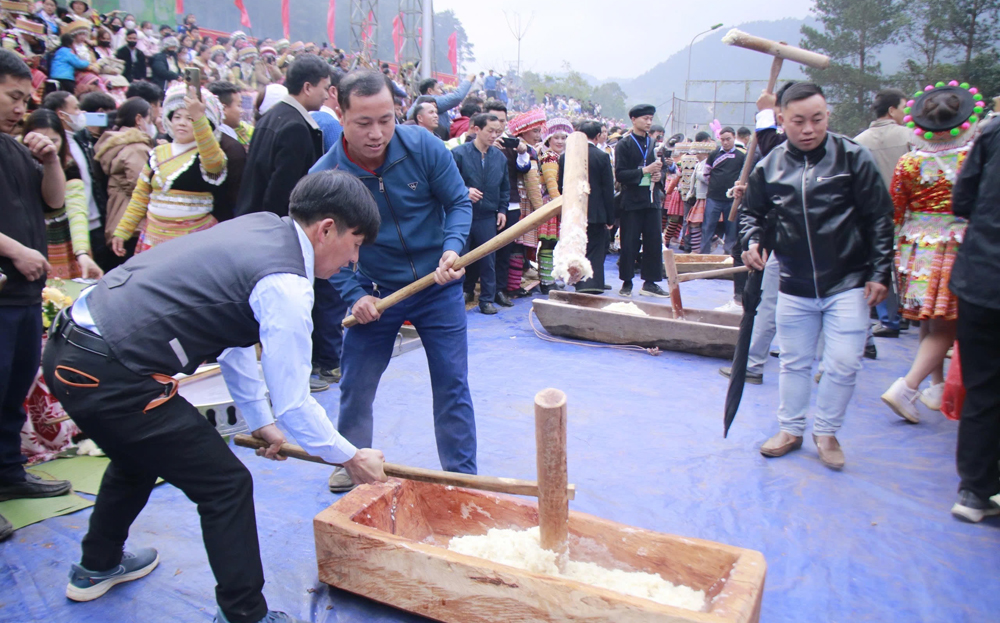
















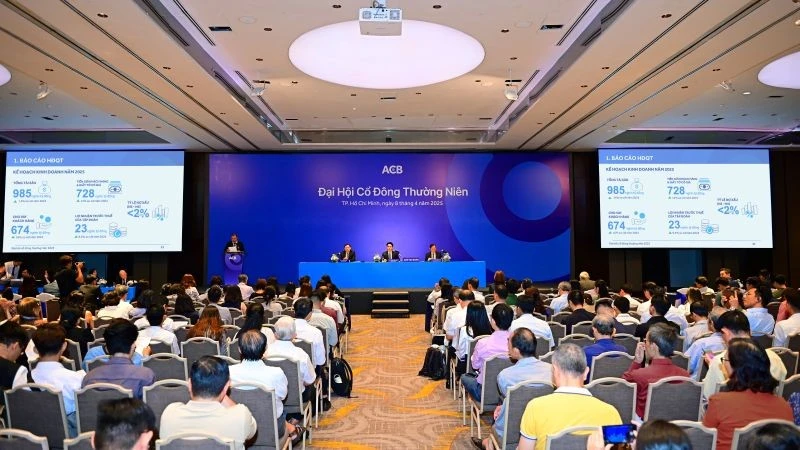

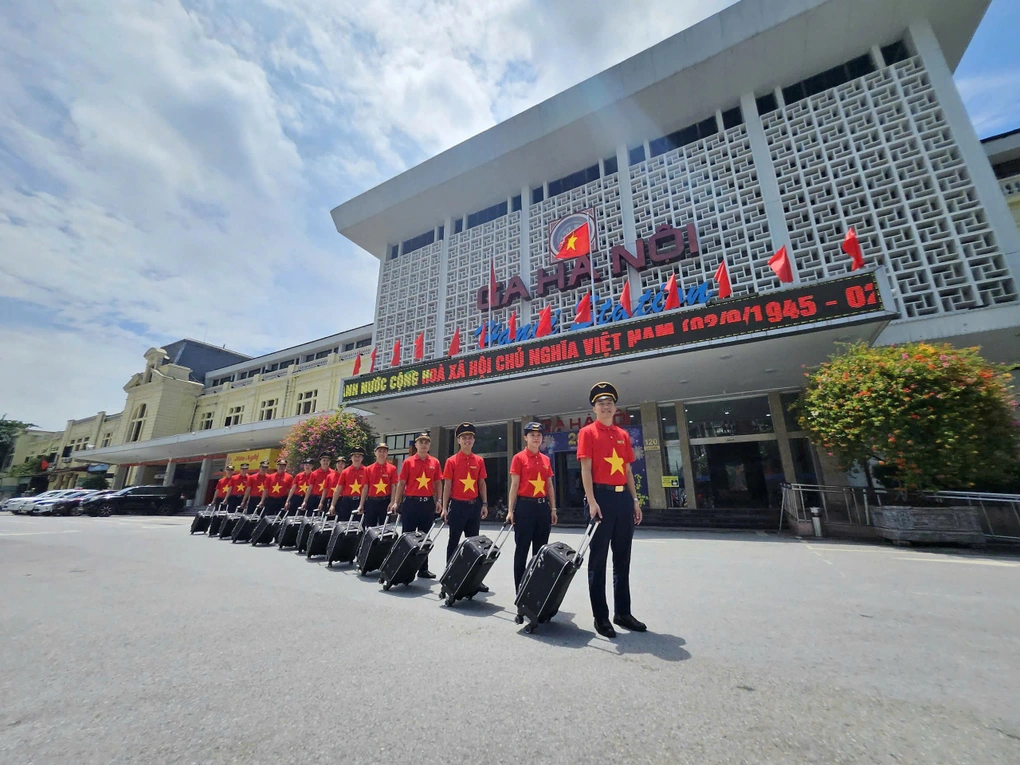


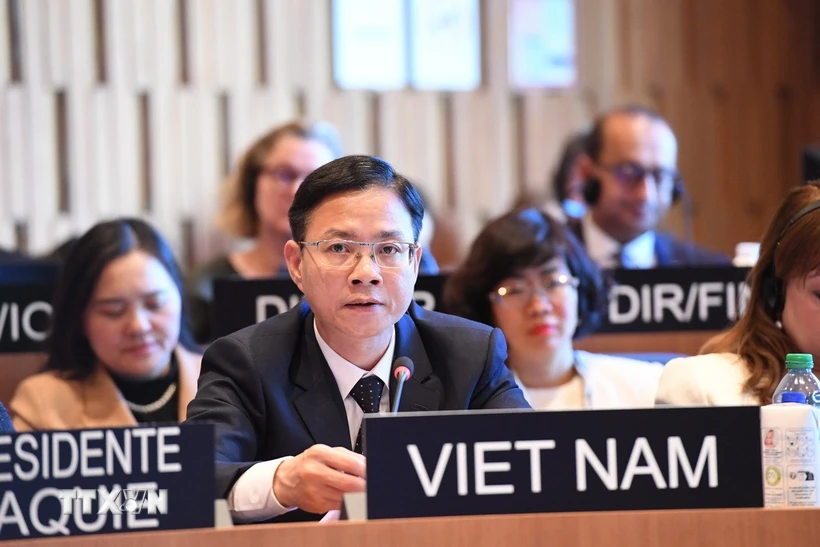
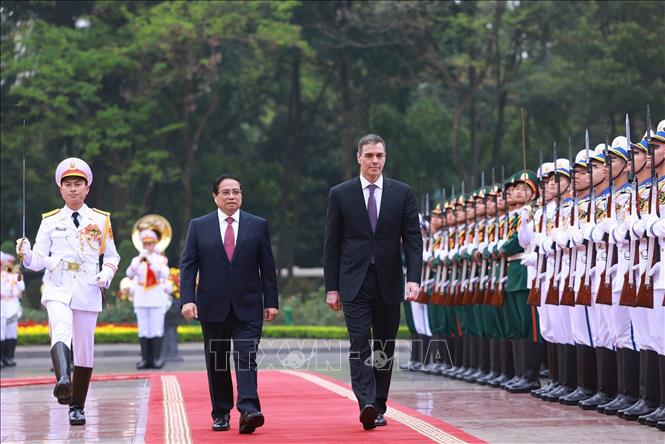










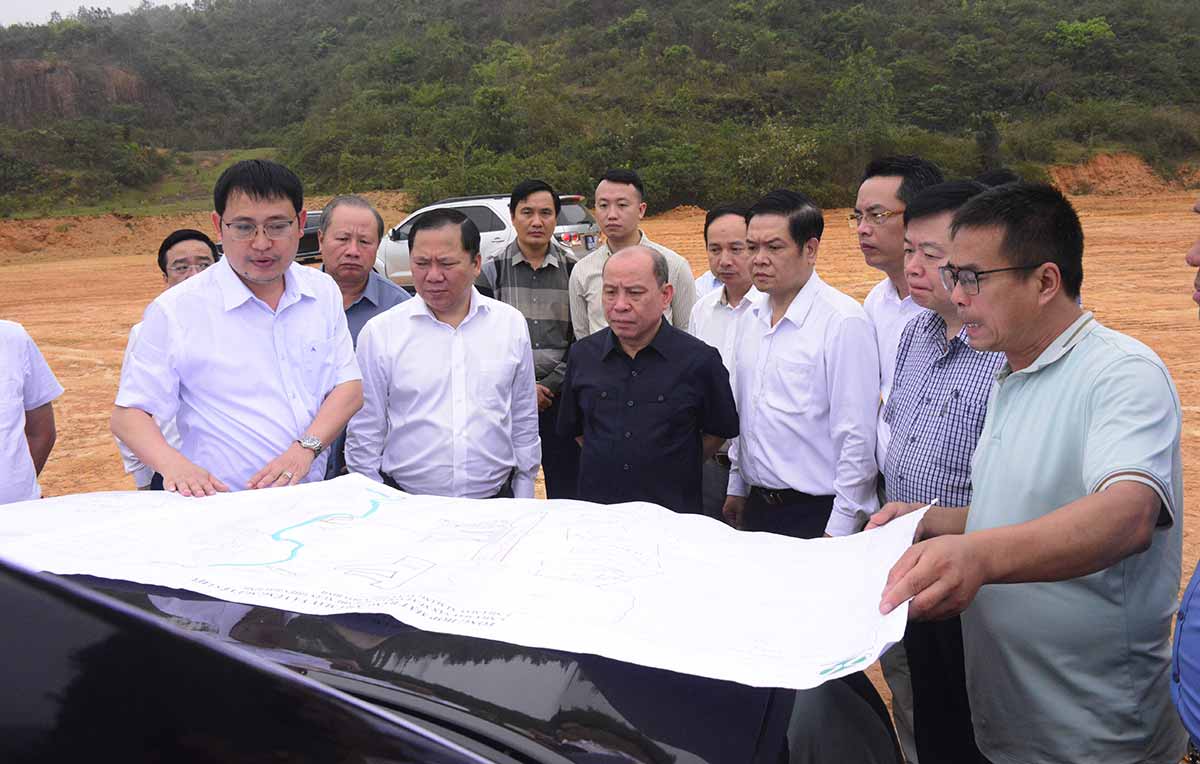
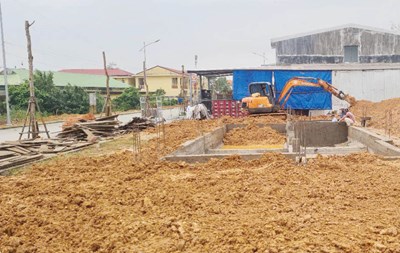
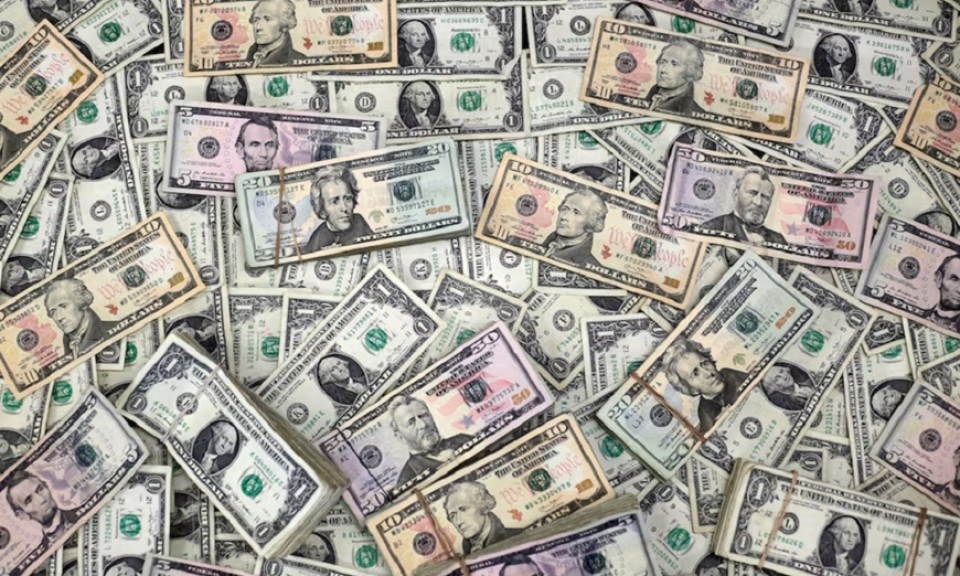


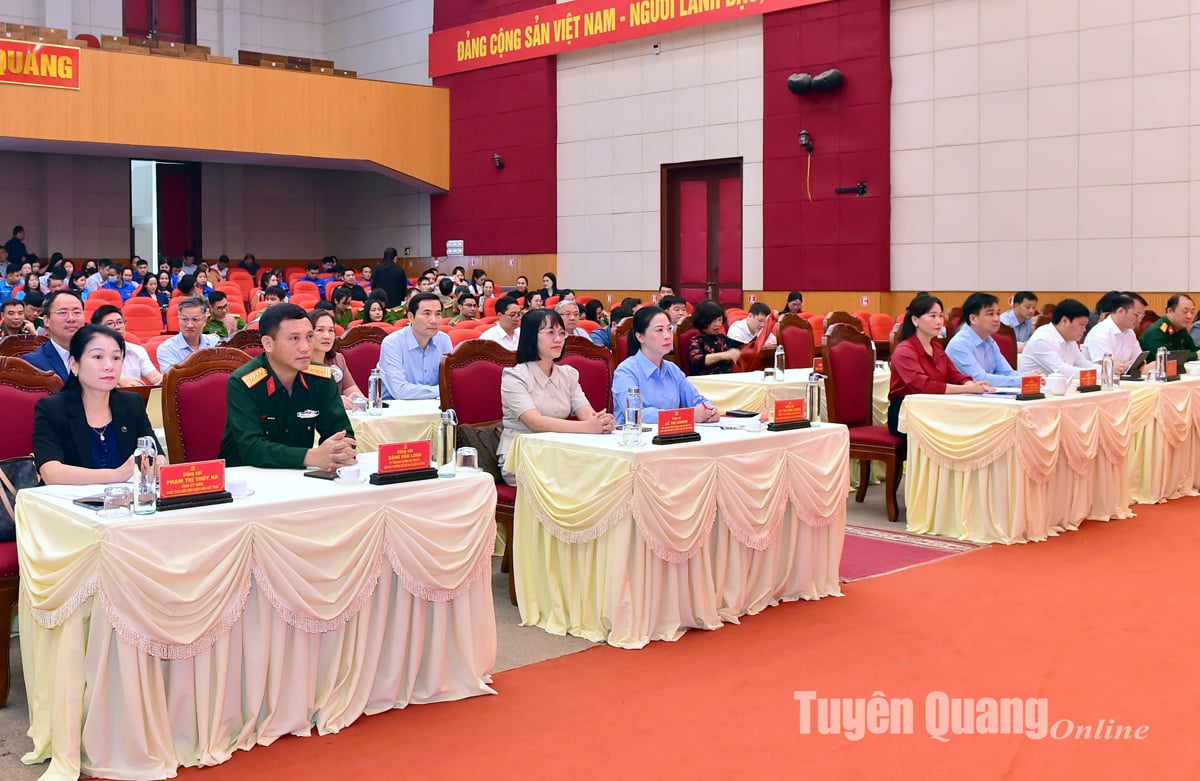








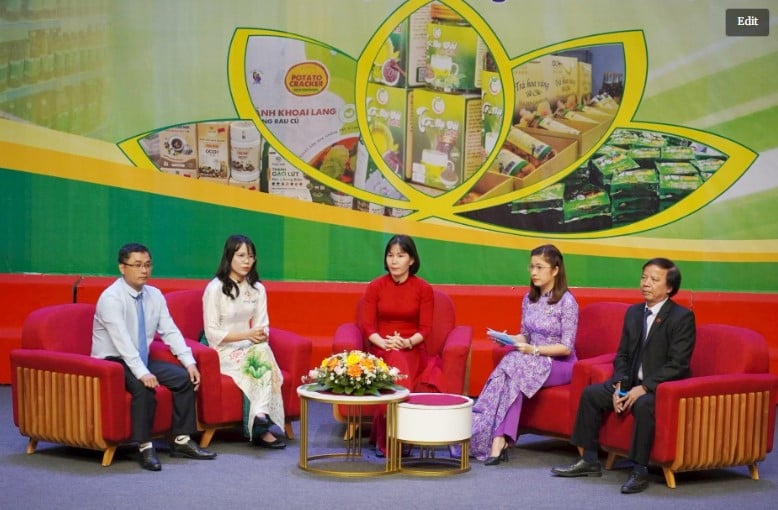

Comment (0)